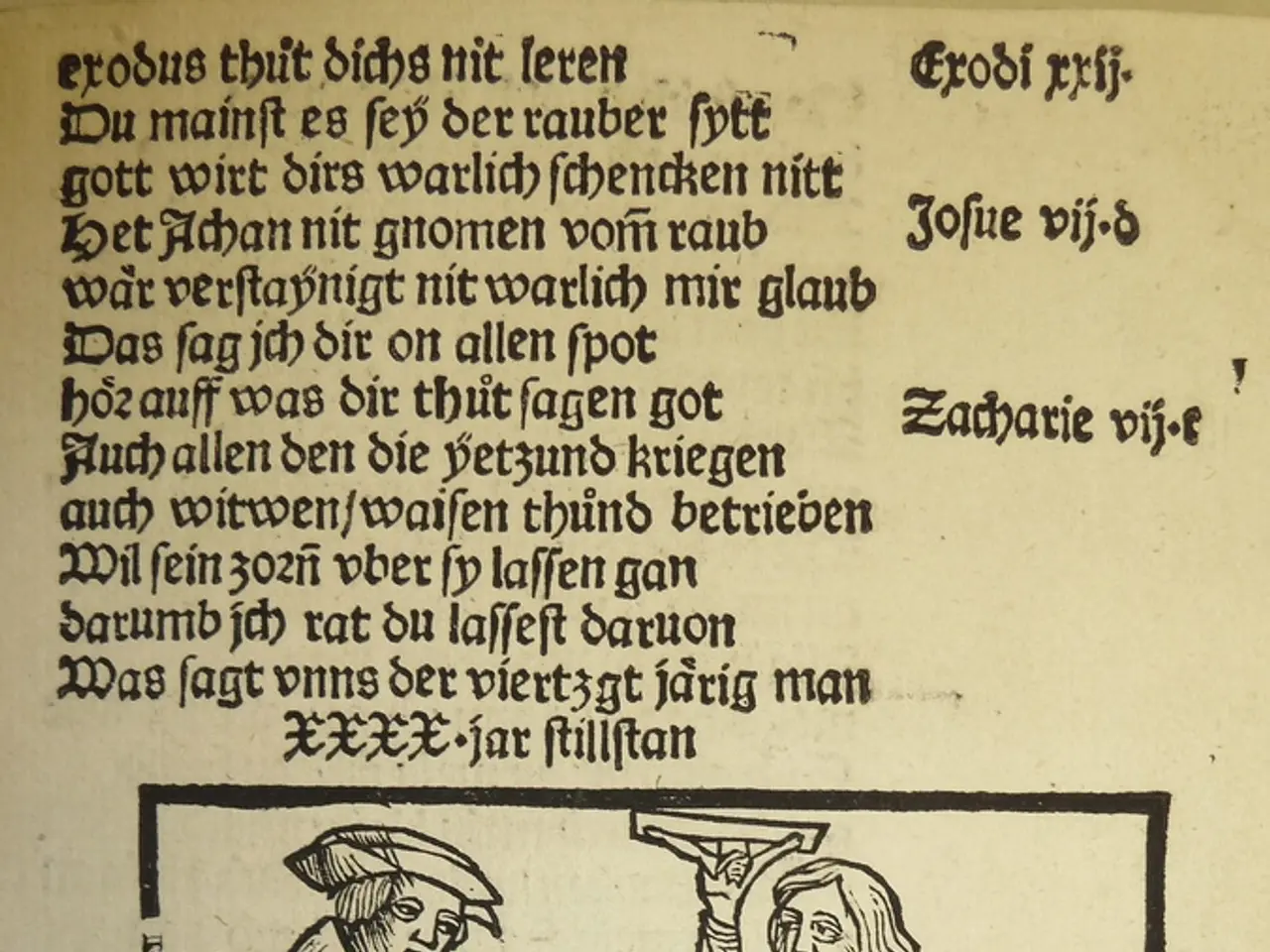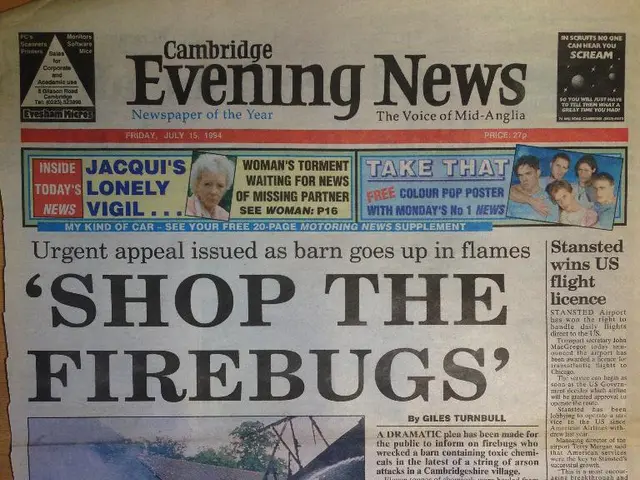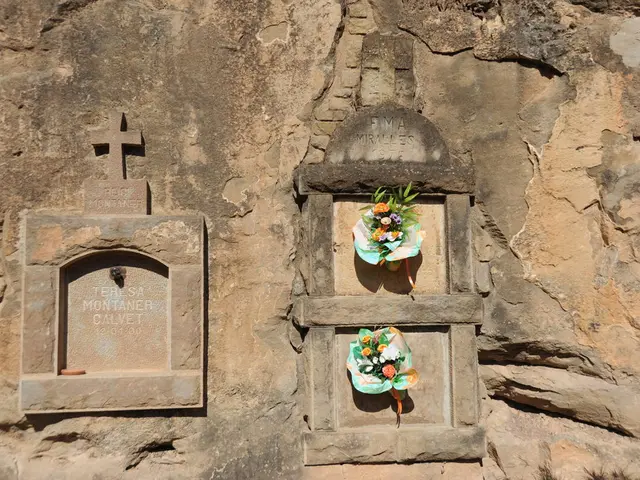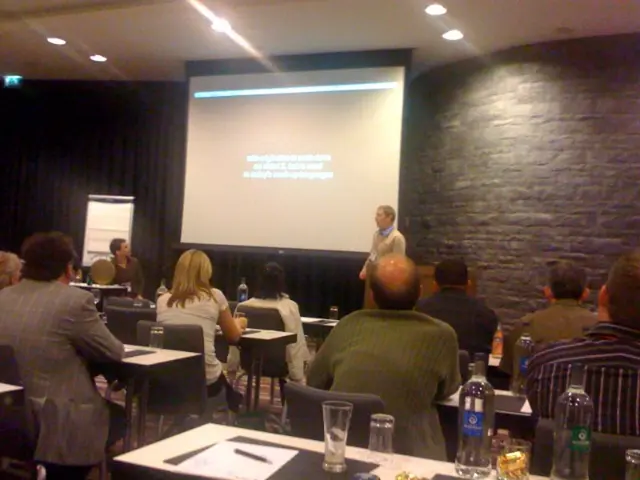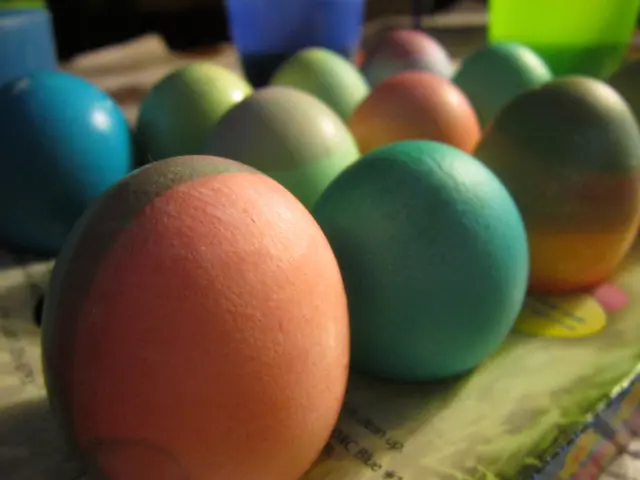Celebrating Your Identity: Embracing Asian-American Pacific Islander Heritage in the Professional Setting
In the vibrant tapestry of American culture, the Asian American Pacific Islander (AAPI) community stands out as a significant and unique thread. This diverse group, composed of East Asians, Southeast Asians, South Asians, Pacific Islanders, and their descendants, brings with it a rich cultural heritage that is as varied as it is profound.
The expression of this cultural diversity is shaped by a complex interplay of factors, each contributing to the tapestry in its own unique way.
One of the most prominent factors is the community's ethnic diversity. Each group, from Chinese and Japanese to Native Hawaiians and Samoans, brings its own languages, traditions, and cultural practices, creating a kaleidoscope of expressions within the broader AAPI category. For instance, the vibrant Lunar New Year celebrations of Chinese and Japanese Americans contrast sharply with the Hawaiian hula, a traditional dance that tells stories of the islands' history and mythology.
Historical legacies, particularly colonialism and immigration, have also played a significant role in shaping the AAPI community's cultural expression. The legacy of colonialism, especially for Pacific Islanders, has had a diluting effect on indigenous cultural expressions. However, since the 1970s, there has been a renaissance in Hawaiian cultural identity, and a revitalization of traditional practices and language. Similarly, immigration patterns and U.S. immigration policies have influenced how Asian and Pacific Islander cultures adapt and are expressed in America, leading to blending and sometimes hybridization of cultural practices.
Social and political contexts are another influential factor. Issues of identity formation, race, racism, and social resistance deeply intertwine with AAPI cultural expression. The community's experience of marginalization and stereotyping in media and society influences how culture is publicly expressed and preserved. This has led to the development of a pan-ethnic East Asian American identity as a form of social and political resistance.
Language and oral traditions also play a crucial role in maintaining cultural heritage. Oral traditions and storytelling remain a vital part of cultural expression, especially among Pacific Islanders, who use mythological figures and ancestral stories to maintain cultural continuity. The resilience and revival of indigenous languages, such as Hawaiian, are essential to keeping cultural heritage alive and authentic.
Lastly, globalization and cultural hybridity present both opportunities and challenges. On one hand, they offer platforms for cultural exchange and wider recognition, such as the international popularity of Hawaiian poke. On the other hand, they risk cultural homogenization and loss of traditional practices. Modern AAPI cultural expression often reflects a blend of traditional and contemporary influences shaped by global and diasporic experiences.
In conclusion, the expression of culture, traditions, and heritage among the AAPI community in the U.S. is shaped by a dynamic interplay of ethnic diversity, historical legacies, socio-political realities, linguistic traditions, and global influences. These factors collectively influence how AAPI identities are negotiated, maintained, adapted, and revitalized within the broader American context. As the AAPI community continues to grow and influence the political and cultural landscapes of the United States, understanding and appreciating its rich cultural diversity becomes increasingly important.
The AAPI community's lifestyle, elaborately woven from ethnic diversity, historical legacies, and socio-political contexts, homes a myriad of cultural expressions, reflecting the unique heritage of each group. For example, the festive Lunar New Year celebrations of Chinese and Japanese Americans stand in stark contrast to the traditional Hawaiian hula dance, showcasing the kaleidoscope of cultural practices within the AAPI category.
In the realm of fashion-and-beauty and education-and-self-development, the AAPI community, driven by a spirit of personal-growth, has also made significant strides. The pursuit of higher education and self-improvement has been a conduit for assimilation and integration, while maintaining a strong connection to cultural roots. For instance, the renaissance in Hawaiian cultural identity, bolstered by revitalized traditional practices and language, demonstrates the community's dedication to preserving and promoting its unique heritage.
